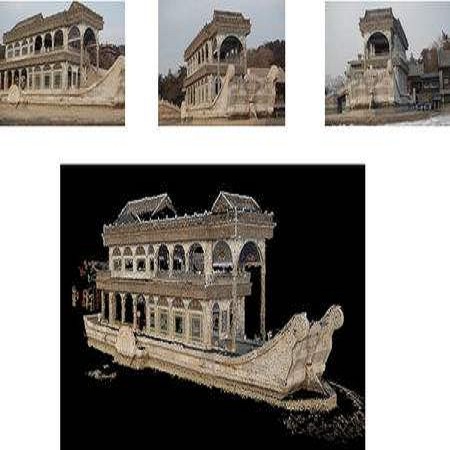Colonoscopy is the most common procedure for early detection and removal of polyps, a critical component of colorectal cancer prevention. Insufficient visual coverage of the colon surface during the procedure often results in missed polyps. To mitigate this issue, reconstructing the 3D surfaces of the colon in order to visualize the missing regions has been proposed. However, robustly estimating the local and global coverage from such a reconstruction has not been thoroughly investigated until now. In this work, we present a new method to estimate the coverage from a reconstructed colon pointcloud. Our method splits a reconstructed colon into segments and estimates the coverage of each segment by estimating the area of the missing surfaces. We achieve a mean absolute coverage error of 3-6\% on colon segments generated from synthetic colonoscopy data and real colonography CT scans. In addition, we show good qualitative results on colon segments reconstructed from real colonoscopy videos.
翻译:Colonoscopy是早期发现和清除聚苯乙烯的最常见程序,这是防治结肠癌的关键组成部分。在程序期间结肠表面的视觉覆盖不足往往导致遗漏聚苯乙烯。为了缓解这一问题,提议重建结肠的三维表面,以便直观缺失的区域。然而,迄今为止,尚未对这种重建对地方和全球覆盖的准确估计进行彻底调查。在这项工作中,我们提出了一个新的方法来估计从重建的结肠结肠锥体的覆盖范围。我们的方法将重新形成的结肠分为各部分,并通过估计缺失表面的面积来估计每一部分的覆盖范围。我们实现了合成结肠镜数据和真实结肠扫描扫描生成的结肠部分的绝对覆盖误差。此外,我们还展示了从真实结肠镜摄像视频中重建的结肠部分的定性结果。




